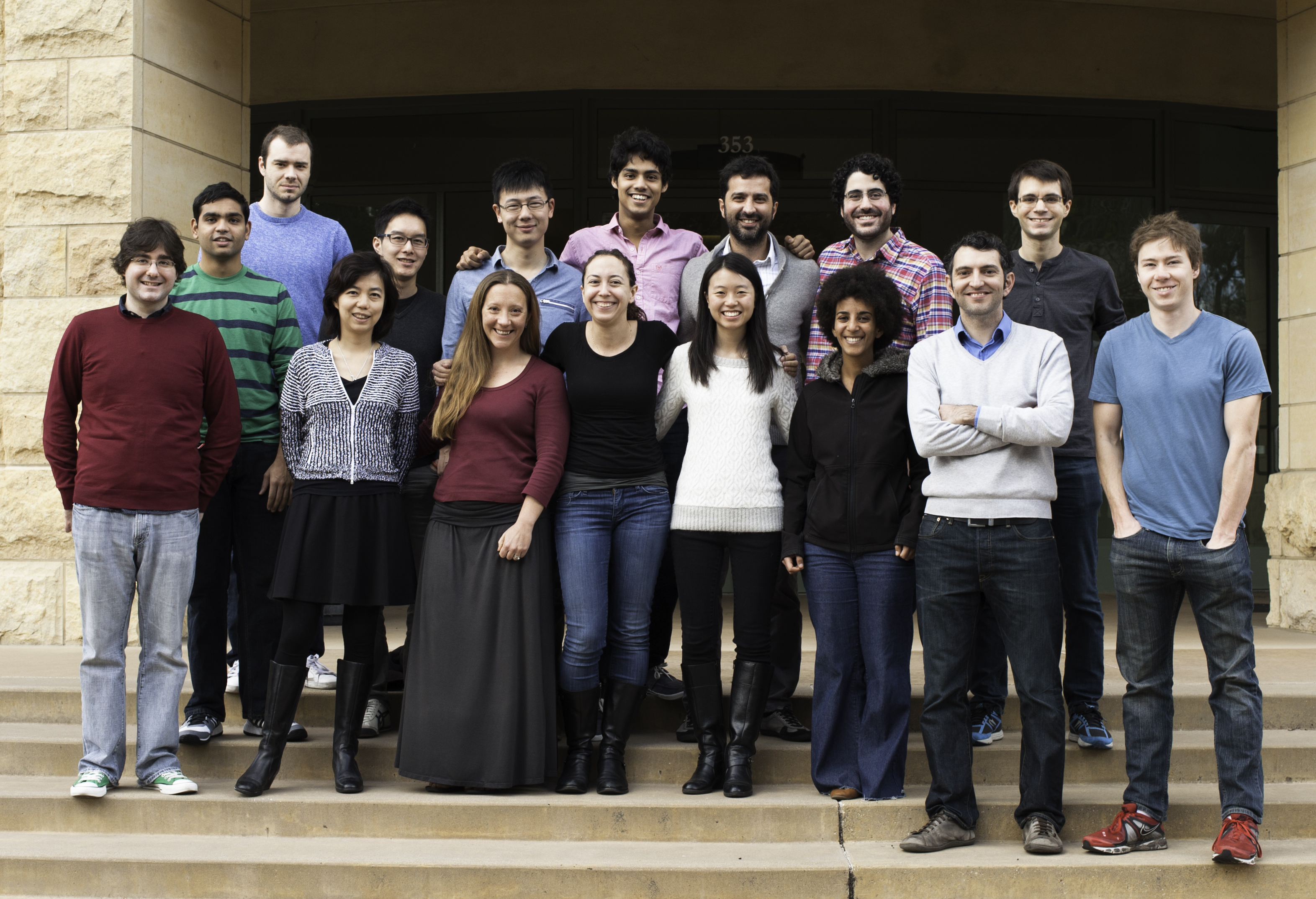Stanford Computer Vision Lab (original) (raw)
Description

Research in our lab focuses on two intimately connected branches of vision research: computer vision and human vision. In both fields, we are intrigued by visual functionalities that give rise to semantically meaningful interpretations of the visual world.
In computer vision, we aspire to develop intelligent algorithms that perform important visual perception tasks such as object recognition, scene categorization, integrative scene understanding, human motion recognition, material recognition, etc.
In human vision, our curiosity leads us to study the underlying neural mechanisms that enable the human visual system to perform high level visual tasks with amazing speed and efficiency.
News and Events
January 2017
Fei-Fei is working as Chief Scientist of AI/ML of Google Cloud while being on leave from Stanford till the second half of 2018. She will continue to work with her graduate students, postdoc and collaborators at Stanford during this time.
September 2014
Jia Deng won the best paper award at ECCV 2014, and Kevin Tang won the Outstanding Reviewer Award. Congratulations!
August 2014
The results of ILSVRC 2014 have now been posted. We saw a record number of participants (up 50% from last year), and large improvements over previous state of the art.
We also published an arXiv preprint documenting the ILSVRC challenge.
May 2014
We are running the ImageNet Large Scale Visual Recognition Challenge 2014. This year we doubled the number of images fully annotated with 200 object categories from 60K to 120K. We are welcoming a broad range of entries, including submissions from teams which may not wish to reveal the details of their methods and from teams which use extra data for training their models.
November 2013
The results of the latest ImageNet Large Scale Visual Recognition Challenge (ILSVRC2013) are up! See them here.
July 2012
We are organizing the ImageNet Large Scale Visual Recognition Challenge (ILSVRC) 2012 . In addition to classification and detection of 1,000 object categories, we introduce a third task on fine grained categorization of 120 dog subcategories.
(Results are now available here)